Are you ready to embark on the exciting journey of applying for dual citizenship? It's a significant step that can open doors to new opportunities and experiences in multiple countries. Crafting a well-structured letter is crucial to ensure your application stands out and effectively communicates your intentions. So, let's dive into the essentials of creating the perfect letter template for your dual citizenship application'read on to discover the key elements that will help you make a strong case!
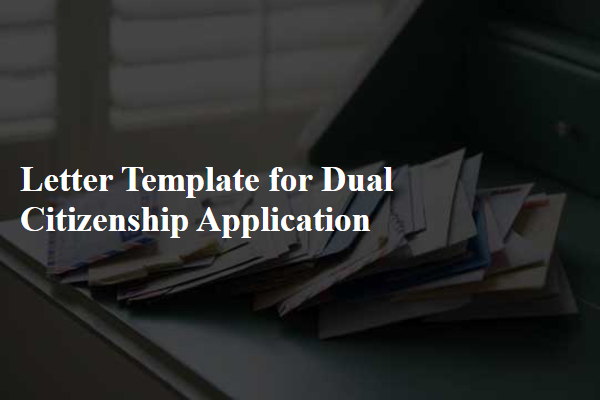
Applicant's personal information
The submission of a dual citizenship application requires detailed personal information for identification and verification purposes. The applicant must provide their full name, including any maiden names, date of birth (formatted as MM/DD/YYYY), place of birth (city and country), current residential address (including postal code), and contact information (phone number and email address). Additionally, documentation such as passports or birth certificates must be included. Employment history may be necessary, including the name of the employer, job title, and duration of employment. Legal documents pertaining to any previous citizenship status may also be required, ensuring all information aligns with relevant immigration laws.
Reason for dual citizenship request
Applying for dual citizenship often stems from various personal, familial, and professional motivations that highlight the significance of maintaining ties to multiple nations. Individuals may desire to enhance career opportunities in diverse job markets, particularly in global hubs like New York City, London, or Singapore, thus providing access to wider employment networks. Family connections may drive the application; being born or raised in a different country fosters a deep sense of belonging and desire to retain those cultural ties. Additionally, property ownership in jurisdictions like Spain or Italy may necessitate dual status for legal and tax purposes. Furthermore, citizenship can facilitate ease of travel, enabling visa-free access to numerous countries--countries such as those in the Schengen Area or ASEAN regions, thereby simplifying international mobility. Ultimately, dual citizenship serves as a bridge, connecting individuals to their heritage while allowing them to fully engage with the opportunities available in multiple nations.
Legal references and documentation
The dual citizenship application process requires thorough documentation and legal references to ensure compliance with nationality laws in both countries involved. Applicants must accurately complete forms such as the NYS Department of State Form, which outlines personal information and residency details. Essential documents include birth certificates, marriage certificates, and proof of residency (such as utility bills or lease agreements) to establish identity and residency history. Legal references can include international treaties like the Hague Convention on Dual Nationality, which stipulates the rights and responsibilities associated with holding citizenship in more than one country. Additionally, applicants must provide evidence of language proficiency or cultural integration, depending on the specific requirements outlined by the jurisdictions of the countries involved. Comprehensive submission of these documents can significantly enhance the odds of a favorable outcome during the review process.
Country-specific requirements
When applying for dual citizenship, unique country-specific requirements often dictate necessary documentation and processes. For instance, the United States mandates evidence of citizenship through a valid passport or birth certificate and proves residency requirements. Canada requires application forms to be filled out accurately and submitted along with a fee, typically around CAD 400. In Germany, acquiring dual citizenship typically necessitates proof of language proficiency in German, along with verification of financial stability through bank statements or employment records. Additionally, Italy may require applicants to provide a family tree tracing Italian ancestry, demonstrating eligibility through heritage. Meeting these specific demands is crucial for a successful dual citizenship application in these nations.
Contact information for queries
In the process of applying for dual citizenship, applicants often seek clarification on requirements, document submission guidelines, and application timelines. Reliable sources of information can be immensely helpful, particularly government immigration offices, such as the U.S. Citizenship and Immigration Services (USCIS) for American citizens or the Home Office for United Kingdom residents. Contact numbers, typically listed on official websites, provide direct communication channels for real-time assistance. Email queries sent to designated addresses, including departmental support contacts, can yield faster responses as these offices manage inquiries efficiently. Additionally, consulting experienced immigration attorneys may offer valuable insights and aid in navigating complex procedures.

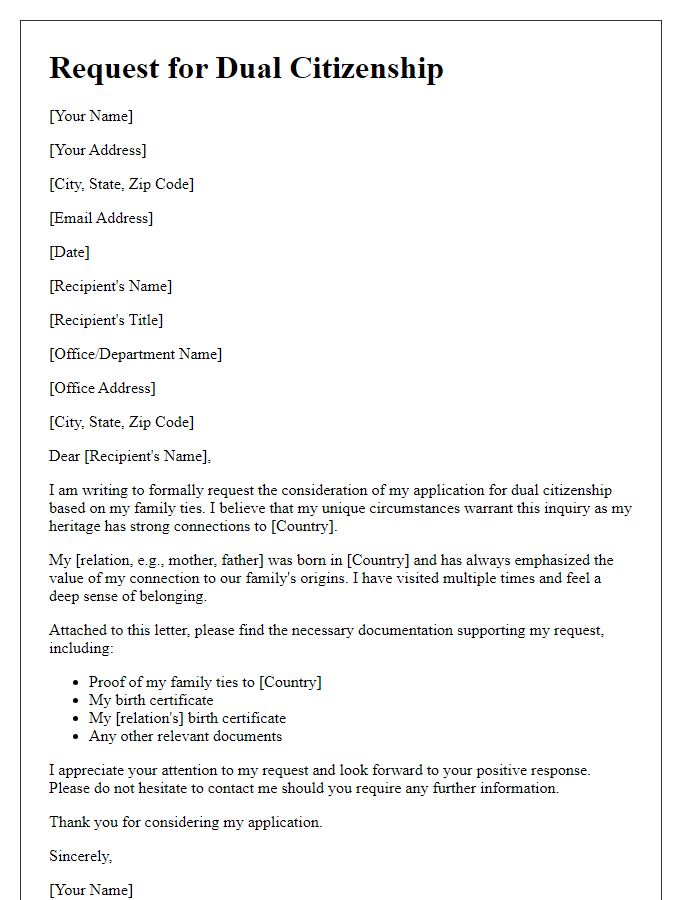
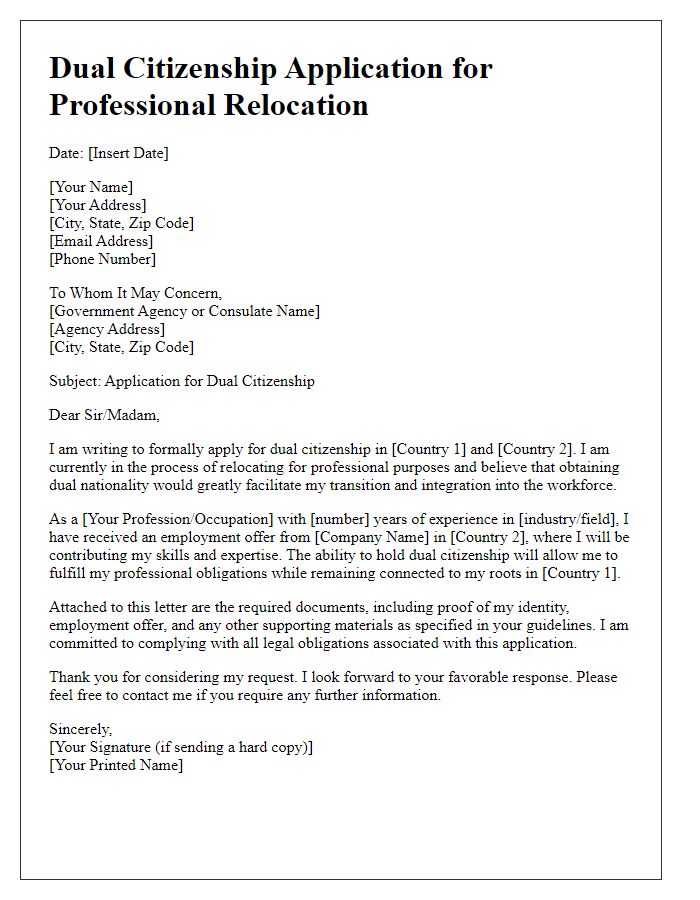
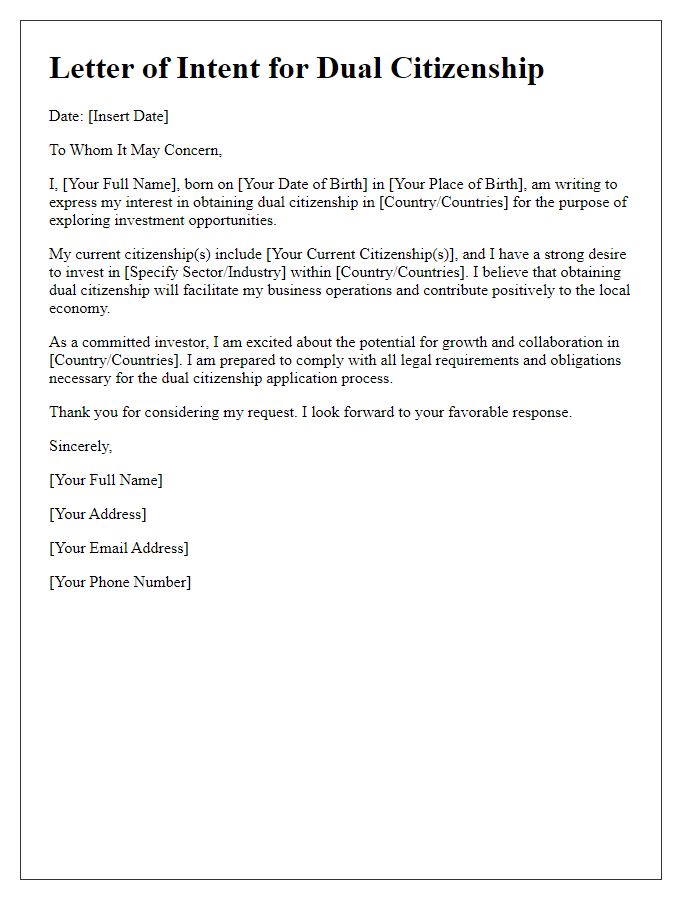
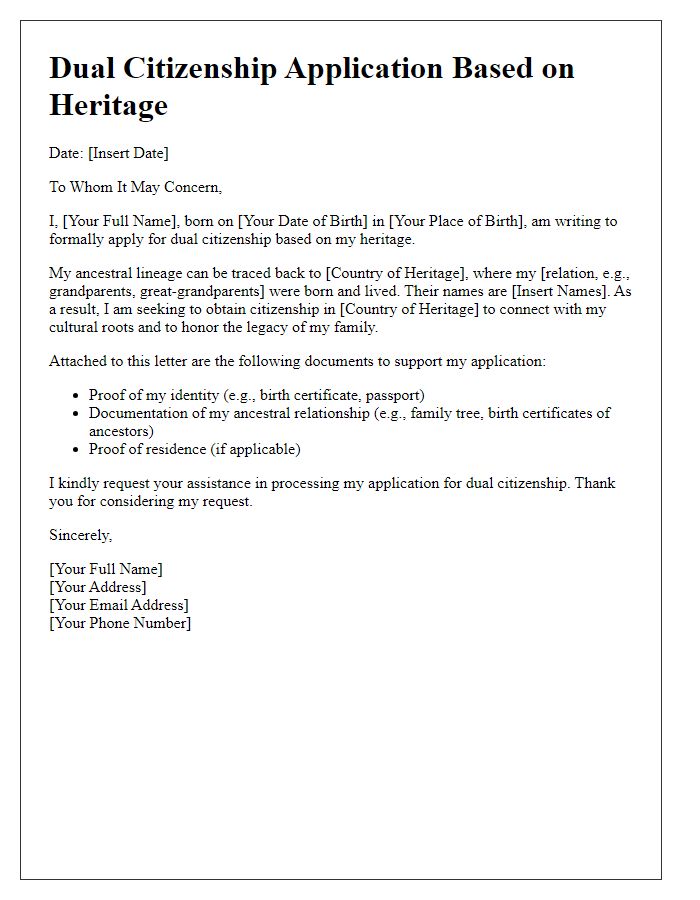
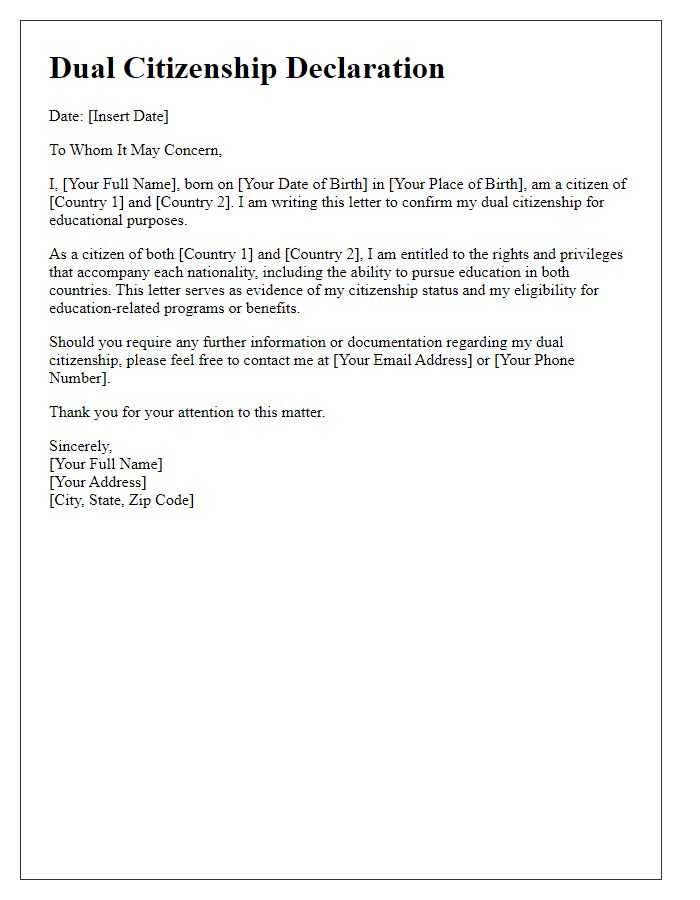
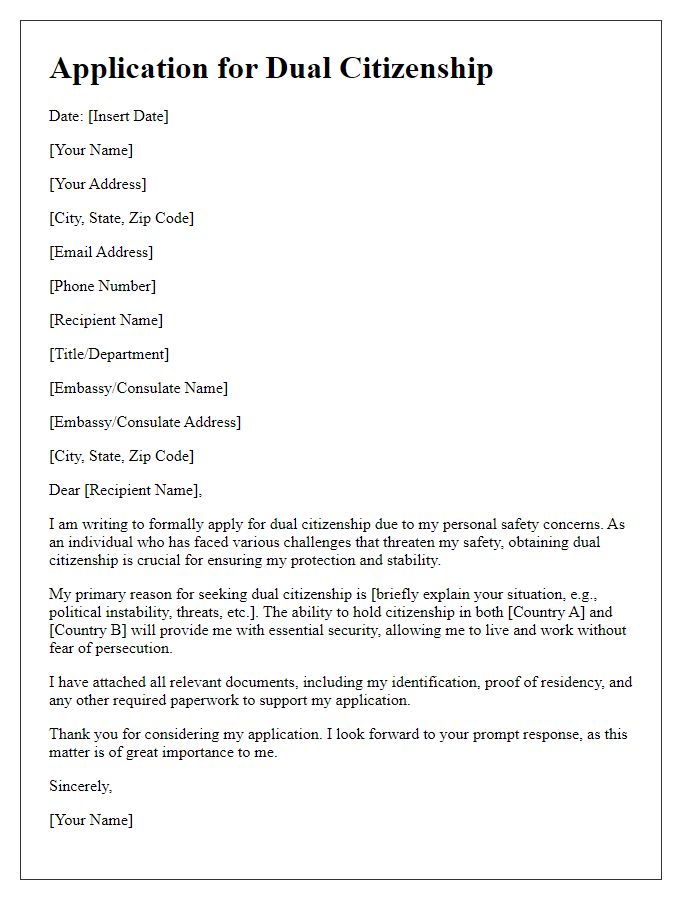
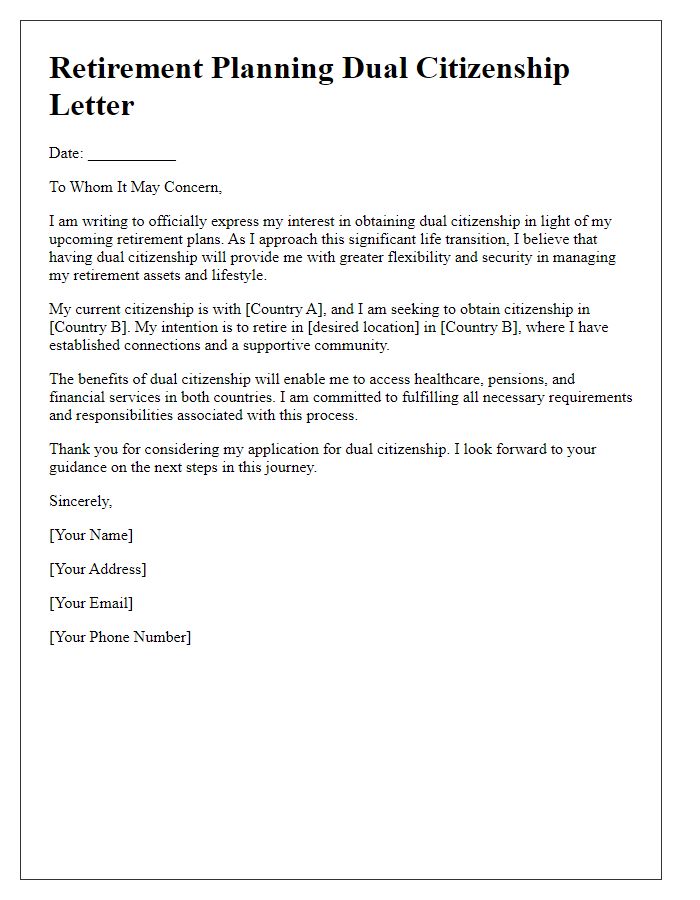
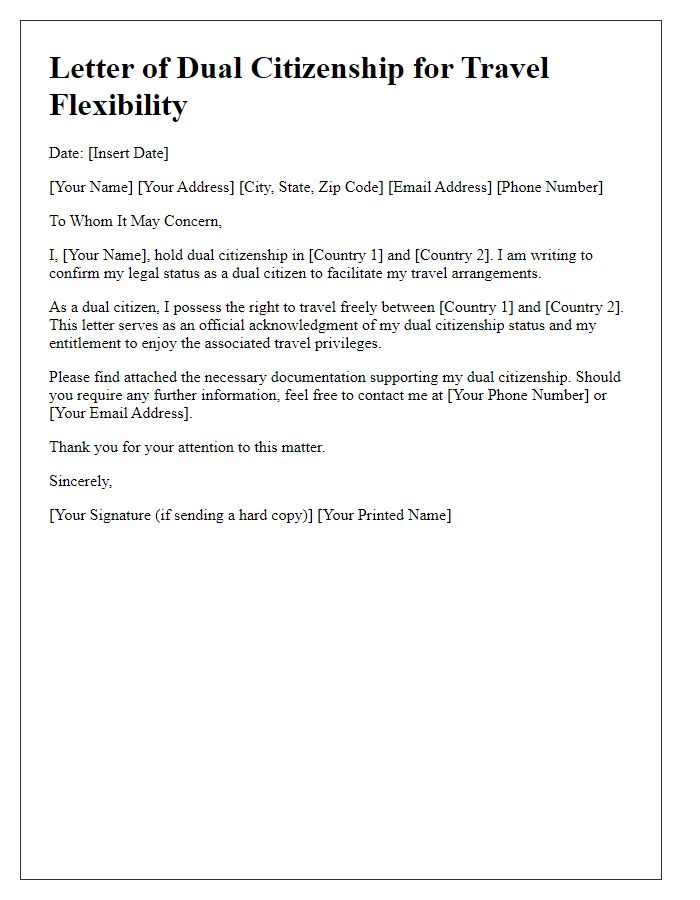
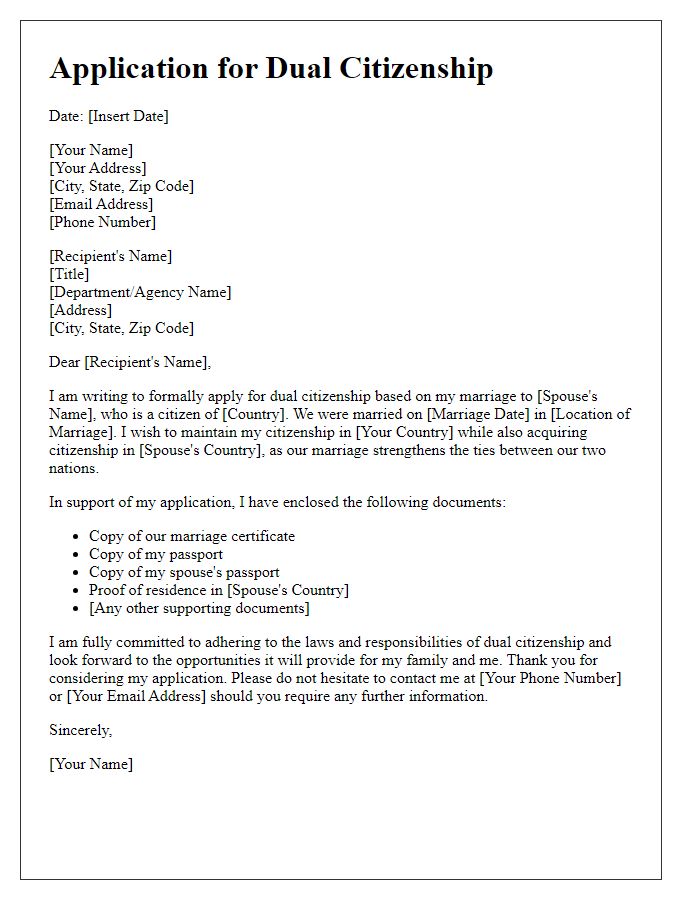
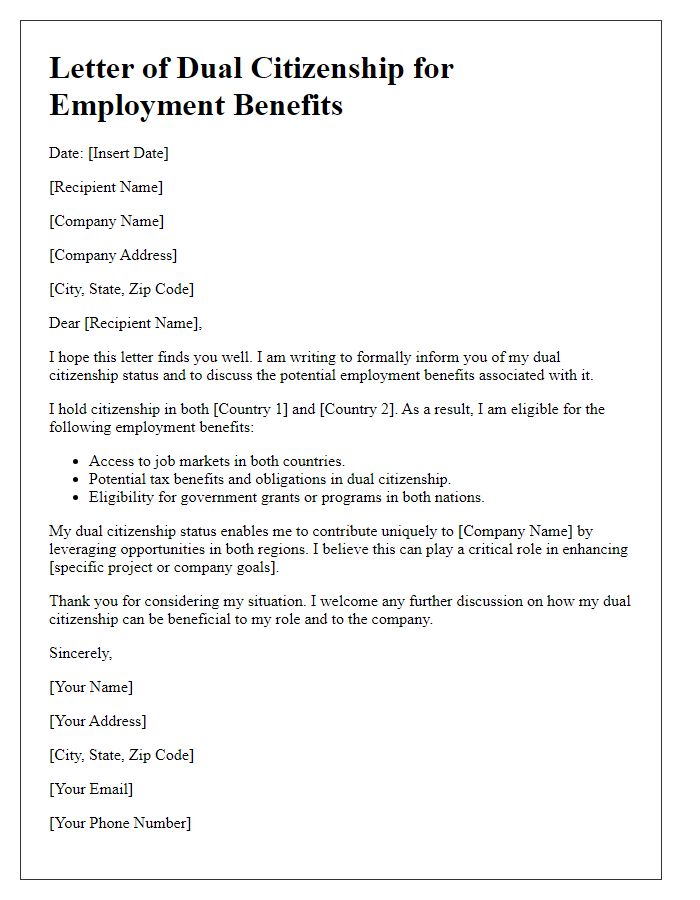

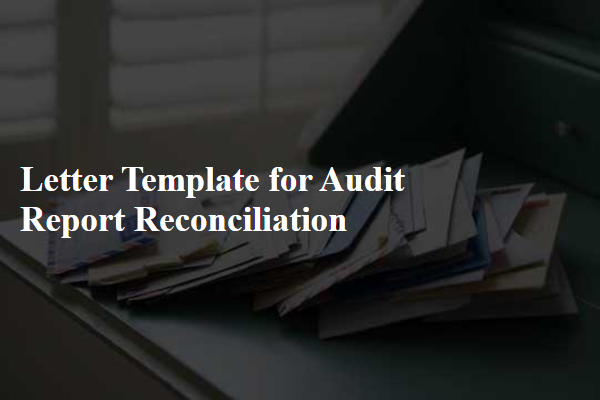
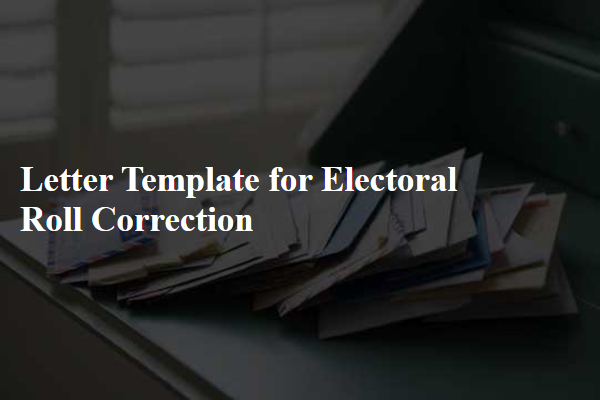
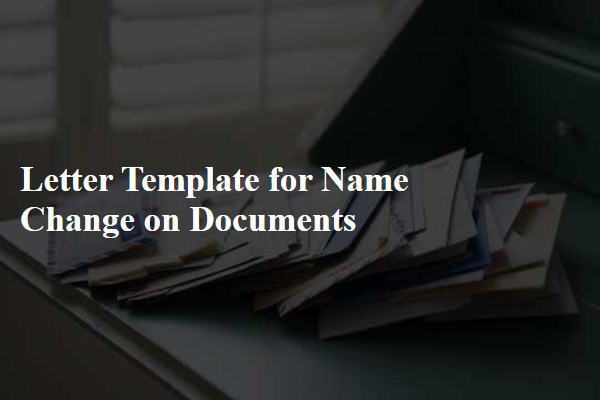
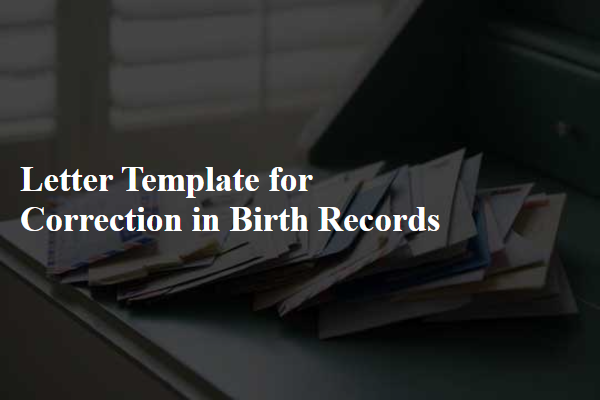
Comments